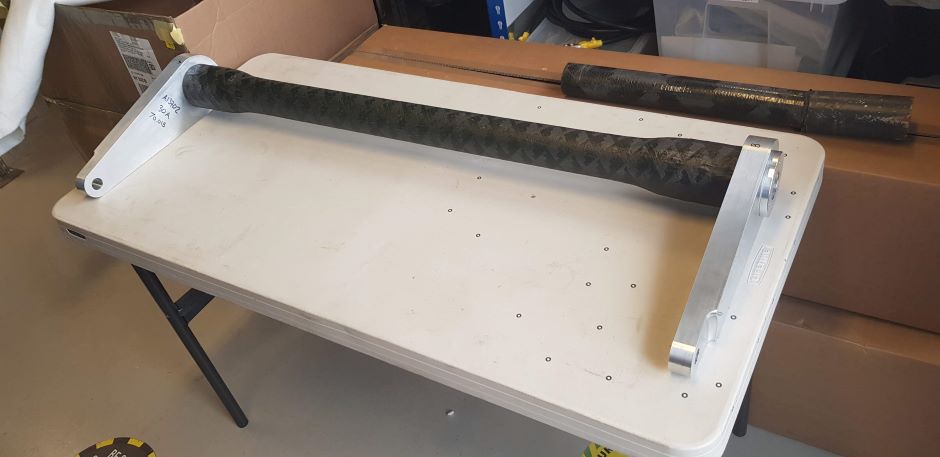Metallics and composites bond to form hybrid anti-roll bar
A collaboration has led to the development of a high-performance anti-roll bar for trucks and trains that is 30 per cent lighter than those currently on the market.

The AMRC Composite Centre worked with Sheffield-based Tinsley Bridge and Performance Engineered Solutions, in Rotherham, on the Lightweight Metal Composite Hybrid (LiMeCH) project which, with £400,000 in funding from Innovate UK, created a lighter alternative to the tubular steel bar currently used for suspension units.
“Lightweighting is top of the agenda for our customers,” said Russell Crow, director of engineering at Tinsley Bridge. “That is even more so when they are looking at alternative propulsion systems, such as electric drive trains and alternative fuels, because every gram they can save offsets the additional mass they have to carry for the batteries or hydrogen fuel tank.”
Register now to continue reading
Thanks for visiting The Engineer. You’ve now reached your monthly limit of news stories. Register for free to unlock unlimited access to all of our news coverage, as well as premium content including opinion, in-depth features and special reports.
Benefits of registering
-
In-depth insights and coverage of key emerging trends
-
Unrestricted access to special reports throughout the year
-
Daily technology news delivered straight to your inbox










UK Enters ‘Golden Age of Nuclear’
The delay (nearly 8 years) in getting approval for the Rolls-Royce SMR is most worrying. Signifies a torpid and expensive system that is quite onerous...